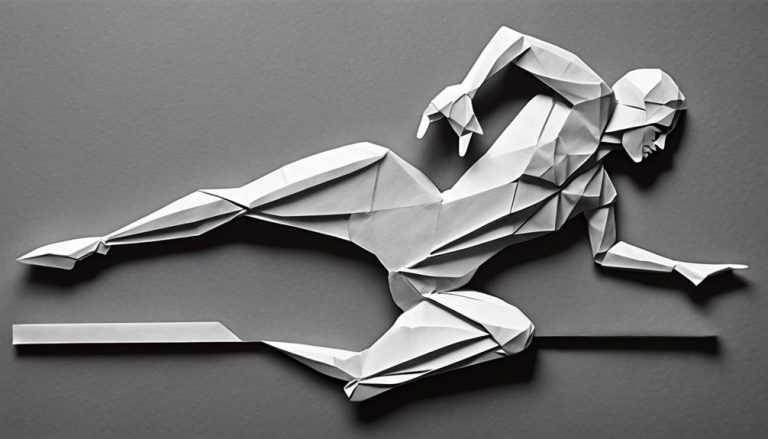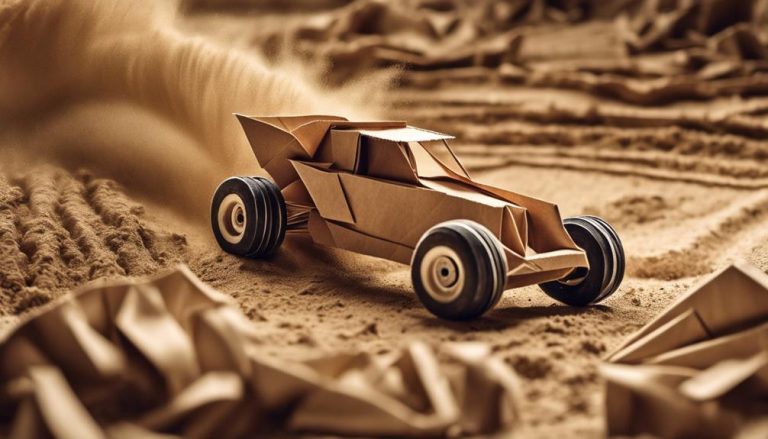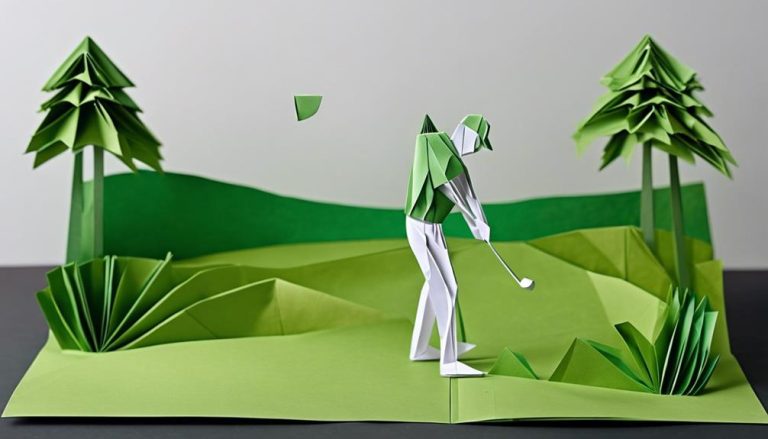General Rules of Inline Skating
When inline skating, always wear safety gear: helmet, wrist guards, knee & elbow pads. Maintain proper posture for balance. Practice basic maneuvers like footwork and turning. Learn braking techniques for safety. Choose skating surfaces wisely – smooth for speed, rough for skill. Consider weather conditions and dress accordingly. Pick routes with smooth pavement, no busy roads. Handle uneven terrain by distributing weight evenly and bending knees. Tackle hills by adjusting technique and speed. Advance with tricks and backward skating. Remember, these rules are just the beginning of a rewarding inline skating journey.
Safety Gear Essentials
When inline skating, you should always wear the essential safety gear to protect yourself from potential injuries. This includes helmet safety, wrist guards, knee pads, and elbow pads. Let's break down each piece of safety gear to understand its importance.
Firstly, helmet safety is essential. Your helmet is your best defense against head injuries in case of a fall or collision. Always make sure your helmet fits snugly and is properly fastened. Wrist guards are important as well, as they protect your wrists from fractures or sprains by providing support and cushioning during a fall.
Next, knee pads are necessary to prevent knee injuries. They cushion your knees from impact and abrasions, especially when learning new tricks or maneuvers. Similarly, elbow pads protect your elbows from scrapes, fractures, or dislocations. They are crucial, especially for beginners who are more prone to falling.
Proper Skating Posture
To maintain stability and control while inline skating, it is important to focus on your posture. Proper alignment and balance control are key elements that contribute to your overall skating experience. Here are some key points to keep in mind:
- Alignment: Make sure that your body is aligned vertically with your head, shoulders, hips, and feet stacked on top of each other. Avoid leaning too far forward or backward, as this can throw off your balance and stability.
- Core Engagement: Engage your core muscles to maintain a stable and strong center of gravity. A strong core will help you stay balanced and in control while skating, especially when making turns or sudden movements.
- Knee Flexion: Keep your knees slightly bent to absorb shocks and maintain agility. Bent knees act as natural shock absorbers, reducing the impact on your joints and helping you navigate bumps or uneven surfaces with ease.
- Relaxed Arms: Keep your arms relaxed and slightly bent at the elbows. Avoid stiffening your arms or holding them too rigidly, as this can affect your overall balance and make it harder to react quickly to changes in terrain.
Mastering Basic Maneuvers
Mastering basic maneuvers in inline skating requires important footwork and coordinated body movements to execute turns and stops effectively. To enhance your skills, engage in balance exercises and practice drills. These activities will help you improve your stability and control on skates.
Body positioning plays an essential role in executing maneuvers smoothly. Make sure your posture is upright, with your knees slightly bent and your weight evenly distributed between both skates. When turning, lean your body gently in the direction you want to go, while keeping your eyes focused on where you want to end up. This will help you maintain balance and control throughout the maneuver.
Weight distribution is another key factor in mastering basic maneuvers. Shift your weight subtly from one foot to the other when initiating turns or coming to a stop. Practice shifting your weight smoothly to avoid sudden movements that could lead to loss of balance.
Understanding Brake Techniques
Understanding brake techniques is essential for inline skaters to safely control their speed and come to a controlled stop. Whether you are a beginner or an experienced skater, mastering these techniques will enhance your overall skating experience. Here are some key points to keep in mind:
- Emergency stop: Knowing how to execute an emergency stop is pivotal for avoiding collisions or sudden obstacles. Practice this technique in a safe environment until you feel confident in your ability to perform it effectively.
- Turning techniques: Different turning techniques can help you navigate corners smoothly while maintaining control over your speed. Practice making both wide and sharp turns to improve your agility on skates.
- Speed control: Learning how to adjust your speed using your brakes is fundamental for maintaining a comfortable pace and avoiding accidents. Practice applying gentle pressure to the brakes to gradually slow down.
- Balance drills: Improving your balance is key to executing brake techniques effectively. Engage in balance drills such as standing on one foot or practicing crossovers to enhance your stability on skates.
Choosing the Right Skating Surface
When selecting a skating surface, consider whether it is smooth or rough as this can greatly impact your performance. Smooth surfaces provide better speed and maneuverability, while rough surfaces may require more effort and skill to navigate. Understanding how the surface texture influences your skating experience is essential for optimizing your inline skating sessions.
Smooth or Rough Surface
Whether you're a beginner or an experienced skater, choosing the right surface for skating is crucial for a smooth and enjoyable experience. When deciding between a smooth or rough surface, consider your terrain preference and surface considerations:
- Terrain Preference:
- Indoor rinks: Smooth surfaces suitable for precise movements.
- Outdoor paths: Rougher surfaces provide a challenge and enhance skill development.
- Surface Considerations:
- Smooth Surfaces: Ideal for speed and freestyle tricks.
- Rough Surfaces: Offer more resistance, great for building strength and control.
Make an informed choice based on your skating goals and skill level, as the surface you pick can have a significant impact on your overall skating experience.
Impact on Performance
To optimize your inline skating performance, selecting the appropriate skating surface is essential. The surface you choose can have a significant impact on injury prevention and performance enhancement. Smooth surfaces are ideal for beginners as they offer better stability and control, aiding in proper technique and skill development. These surfaces also reduce the risk of falls and injuries, allowing skaters to focus on improving their abilities. On the other hand, rough surfaces demand more skill and experience due to the added challenge they present. Skating on rough surfaces can help advance your skills by requiring greater control and agility. By understanding how different surfaces affect your performance, you can tailor your training to suit your current skill level and goals effectively.
Etiquette on Shared Paths
Traversing shared paths while inline skating demands vigilance to ensure safety for all users. Adhering to pathway etiquette and practicing group skating is vital for a harmonious experience. Here are some key points to keep in mind:
- Be Mindful of Other Users: Always yield to pedestrians and slower-moving individuals. Give clear signals when passing and maintain a safe distance to prevent accidents.
- Stay to the Right: Just like driving, stick to the right side of the path to allow faster skaters or bikers to pass on the left. This simple rule helps maintain a smooth flow of traffic.
- Communicate Effectively: Use verbal cues or hand signals to alert others of your intentions. Whether you're slowing down, stopping, or passing, clear communication is essential for everyone's safety.
- Respect Shared Spaces: Remember that shared paths are meant for everyone to enjoy. Avoid blocking the entire path with a large group and be courteous to all users, including cyclists, walkers, and other skaters.
Preparing for Skating Outdoors
As you start skating outdoors, ensuring important gear and understanding environmental factors is vital to a safe and enjoyable experience. Before hitting the pavement, it's crucial to perform pre-skating stretches to warm up your muscles and prevent injuries. Focus on stretching your calves, quads, hamstrings, and glutes to enhance flexibility and reduce the risk of strains.
Weather considerations play a significant role in outdoor skating. Check the weather forecast to prepare for any changes during your skating session. Dress appropriately for the conditions; wear breathable clothing in hot weather to prevent overheating and opt for layers in colder temperatures. Don't forget protective gear like helmets, wrist guards, knee pads, and elbow pads to guard against falls and impacts.
When choosing a skating route, consider the terrain and potential obstacles you might encounter. Smooth pavement with minimal cracks and debris is ideal for a seamless skating experience. Avoid busy roads and opt for designated skating paths or parks whenever possible. Stay alert to your surroundings and be prepared to adapt to different surfaces.
Dealing With Uneven Terrain
Traversing through uneven terrain while inline skating requires a combination of balance, agility, and strategic maneuvering to maintain control and avoid potential falls. When faced with rugged landscapes, there are specific challenges to contemplate and adjustments to make in your skating technique to navigate safely:
- Balance Challenges: Uneven terrain can test your balance more than smooth surfaces. Distribute your weight evenly on both skates and bend your knees slightly to absorb shocks from bumps and cracks. Engage your core muscles to stabilize your body and keep a low center of gravity to enhance balance.
- Technique Adjustments: Modify your skating technique by taking shorter strides to maintain better control over your movements. Keep your feet closer together to improve stability and make quick adjustments when encountering unexpected obstacles. Practice crossovers and quick turns to maneuver efficiently through uneven surfaces.
- Handling Obstacles: Approach obstacles with caution and try to anticipate upcoming challenges by scanning the terrain ahead. When encountering debris or cracks, lift your toes slightly to avoid tripping. If you cannot avoid an obstacle, bend your knees deeply to absorb the impact and maintain your balance.
- Route Planning: Plan your route in advance to avoid the most rugged terrain. Look for smoother paths or alternate routes that offer more stable surfaces. Familiarize yourself with the area to anticipate potential hazards and choose the best path for a smoother skating experience.
Handling Hills and Slopes
When facing hills and slopes while inline skating, adjust your body positioning and technique to traverse these inclines safely and effectively. Speed control is vital when going downhill on inline skates. To manage your speed, bend your knees slightly and lean your body forward to maintain balance. Keep your weight centered and use your arms for stability. This position lowers your center of gravity, giving you more control as you descend.
As you approach a hill, shift your weight slightly forward to maintain momentum. Avoid leaning too far back, as this can cause you to lose balance and speed. Stay relaxed and focused, adjusting your posture to adapt to the changing terrain. When going up a hill, use your body positioning to lean slightly forward, distributing your weight evenly over your skates. This technique helps you climb with more efficiency and less effort.
When traversing slopes, remember that body positioning is key to a successful descent. Keep your knees bent and your body low to the ground to increase stability. Use your arms to help steer and maintain balance. By mastering speed control and body positioning, you can confidently handle hills and slopes while inline skating.
Advanced Skating Skills
Ready to take your inline skating to the next level? Let's talk about tricks and maneuvers, speed and agility, and techniques for sharper turns. These advanced skills will push your limits and enhance your overall skating experience.
Tricks and Maneuvers
Wondering how to execute those impressive tricks and maneuvers on your inline skates? To master advanced skating skills, focus on the following:
- Spinning jumps: Practice rotating in the air with control and precision, landing smoothly.
- Fancy footwork: Experiment with elaborate foot movements and patterns to add flair to your routine.
- Seamless shifts: Learn how to smoothly switch between different moves while maintaining speed and balance.
- Backward skating: Develop the ability to skate backward confidently, incorporating it into your tricks for a dynamic performance.
Speed and Agility
To enhance your inline skating proficiency, focus on honing your speed and agility through advanced skills. Speed training and agility drills are essential for improving your overall performance. Engage in specific exercises that target speed, such as sprints and interval training, to build your endurance and increase your velocity. Incorporate agility drills like cone slaloms and quick direction changes to enhance your maneuverability and reflexes on skates. Learn racing techniques to maximize your speed potential and efficiency on straightaways. Practice quick turns to navigate sharp corners smoothly and maintain your momentum during races. By refining these advanced skills, you'll elevate your inline skating abilities and feel more confident pushing your limits on the pavement.
Techniques for Turns
Mastering advanced turns in inline skating requires precise weight distribution and smooth flow movements to maintain control and speed through curves. When tackling quick turns, advanced techniques such as the parallel slide can help you navigate sharp corners effectively. For tight turns, mastering carving techniques like the slalom turn is important for maintaining balance and control. Remember to bend your knees and lean your body slightly into the turn to execute smooth shifts. Practice these techniques regularly to improve your agility and confidence when taking on challenging turns during your inline skating sessions. Perfecting these skills will elevate your skating abilities and allow you to maneuver through turns with finesse and ease.
Frequently Asked Questions
Are There Any Specific Inline Skating Drills or Exercises That Can Help Improve Balance and Agility?
To enhance your balance and agility in inline skating, focus on specific drills like one-legged stands or cone weaving for balance and ladder drills for agility. Improving coordination and technique is key.
How Can One Prevent Blisters and Foot Pain While Inline Skating?
To prevent blisters and foot pain while inline skating, concentrate on proper technique. Gradually build skill to develop balance and agility, reducing strain on your feet. Make sure your skates fit well and wear moisture-wicking socks for added comfort.
What Are Some Common Mistakes That Beginners Make While Learning How to Inline Skate?
When learning to inline skate, beginners often struggle with maintaining proper posture and distributing weight correctly. These mistakes can lead to instability and falls. Focus on balance and alignment to improve your skills.
Is It Necessary to Have a Professional Fitting for Inline Skate Boots, or Can They Be Purchased Online?
If you're eyeing those skates online, tread with caution. A proper fitting is like finding the glass slipper—DIY may bring blisters, not magic. Risky business, friend. Seek that pro fit for happy feet.
Are There Any Specific Warm-Up or Cool-Down Routines Recommended for Inline Skaters Before and After Skating Sessions?
Before and after skating, it's beneficial to do dynamic stretches to warm up and cooldown stretches to prevent injury. Remember to fuel up with nutritious snacks and stay hydrated throughout your session for best performance.
Conclusion
So there you have it – the general rules of inline skating. Remember to always wear your safety gear, maintain proper posture, and practice those basic maneuvers. And when in doubt, just remember to brake, choose the right surface, and be prepared for the great outdoors. As you advance in your skills, don't forget to have fun and enjoy the ride – just make sure to watch out for those pesky hills and slopes! Happy skating!






